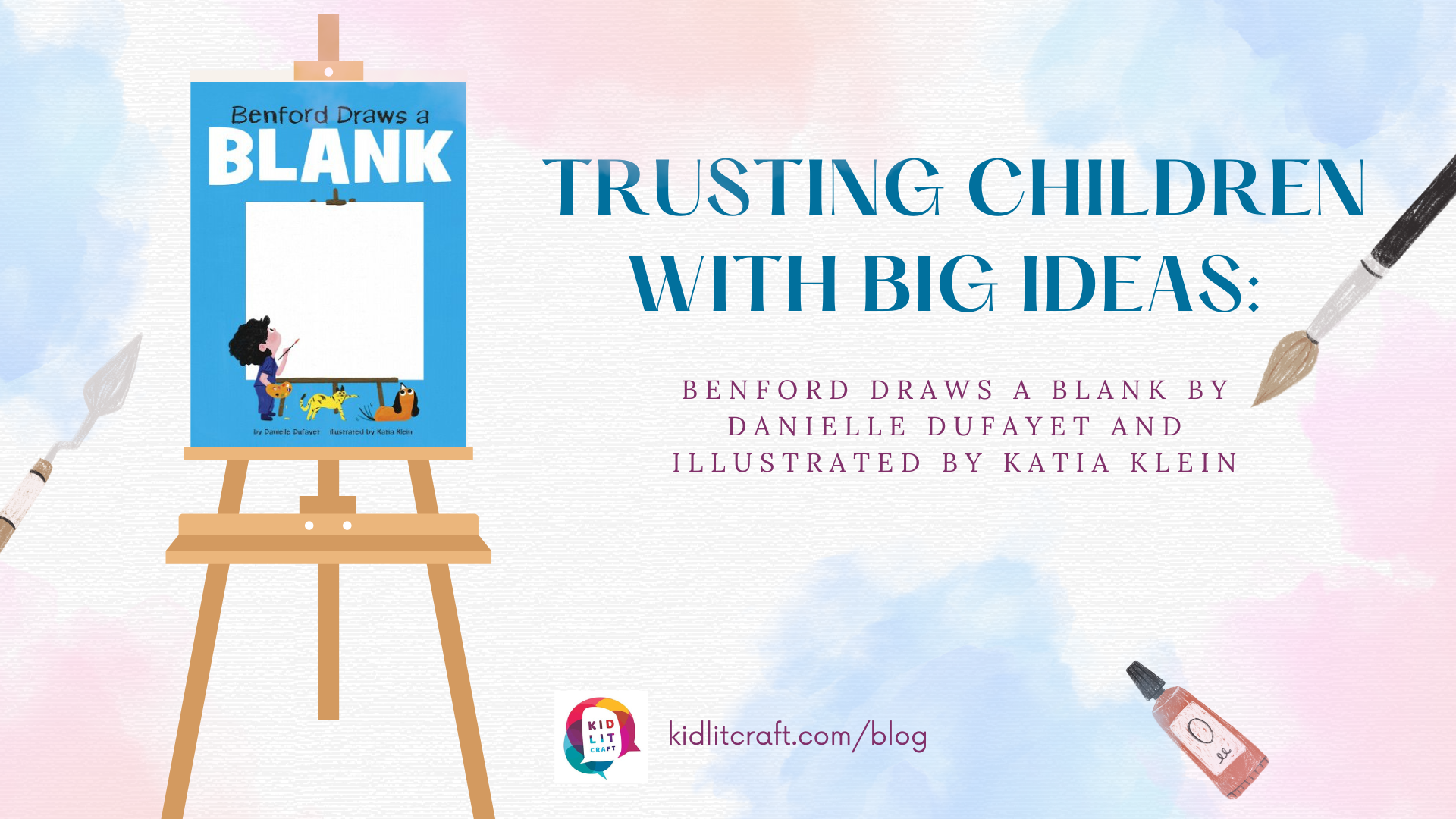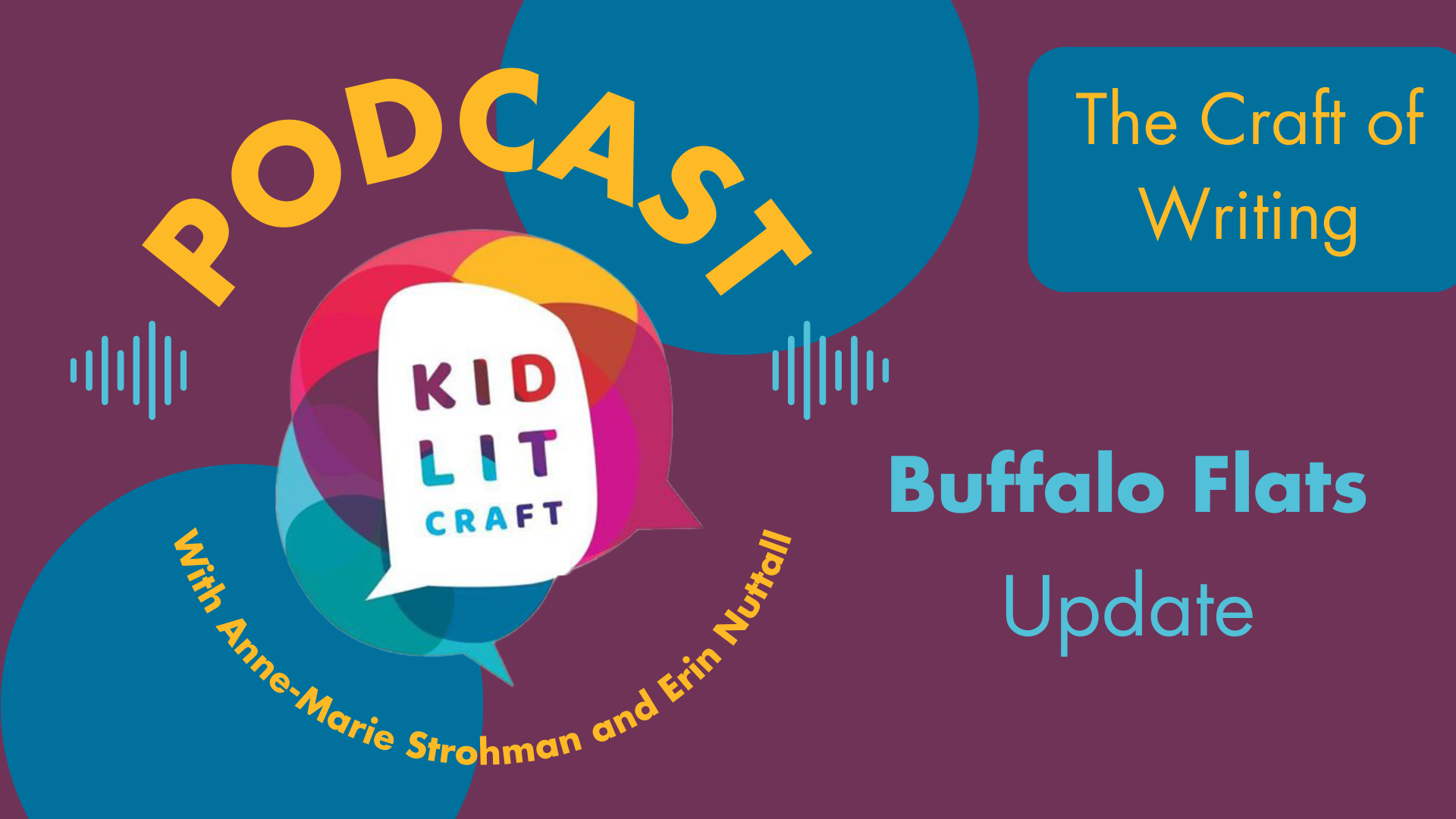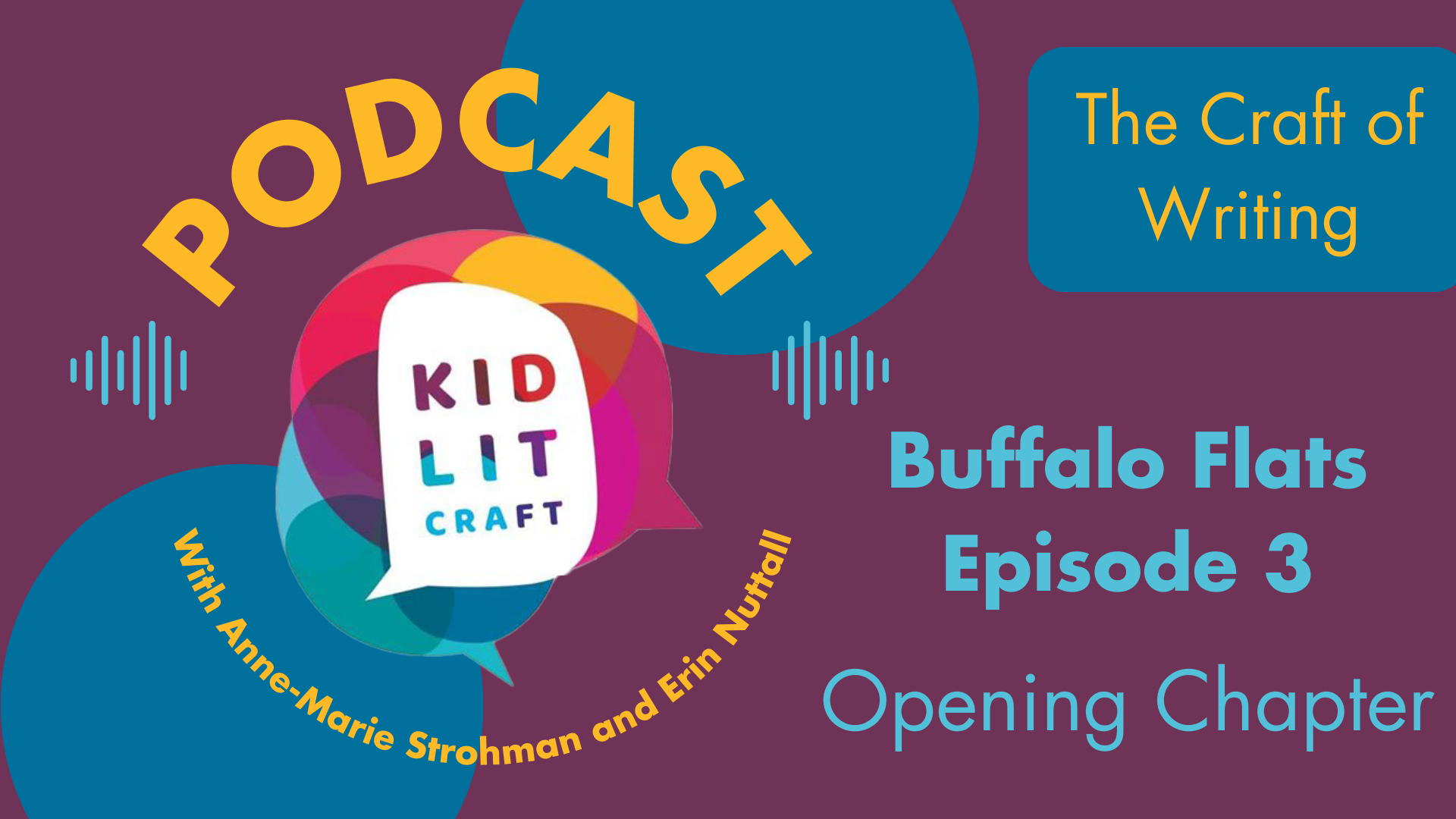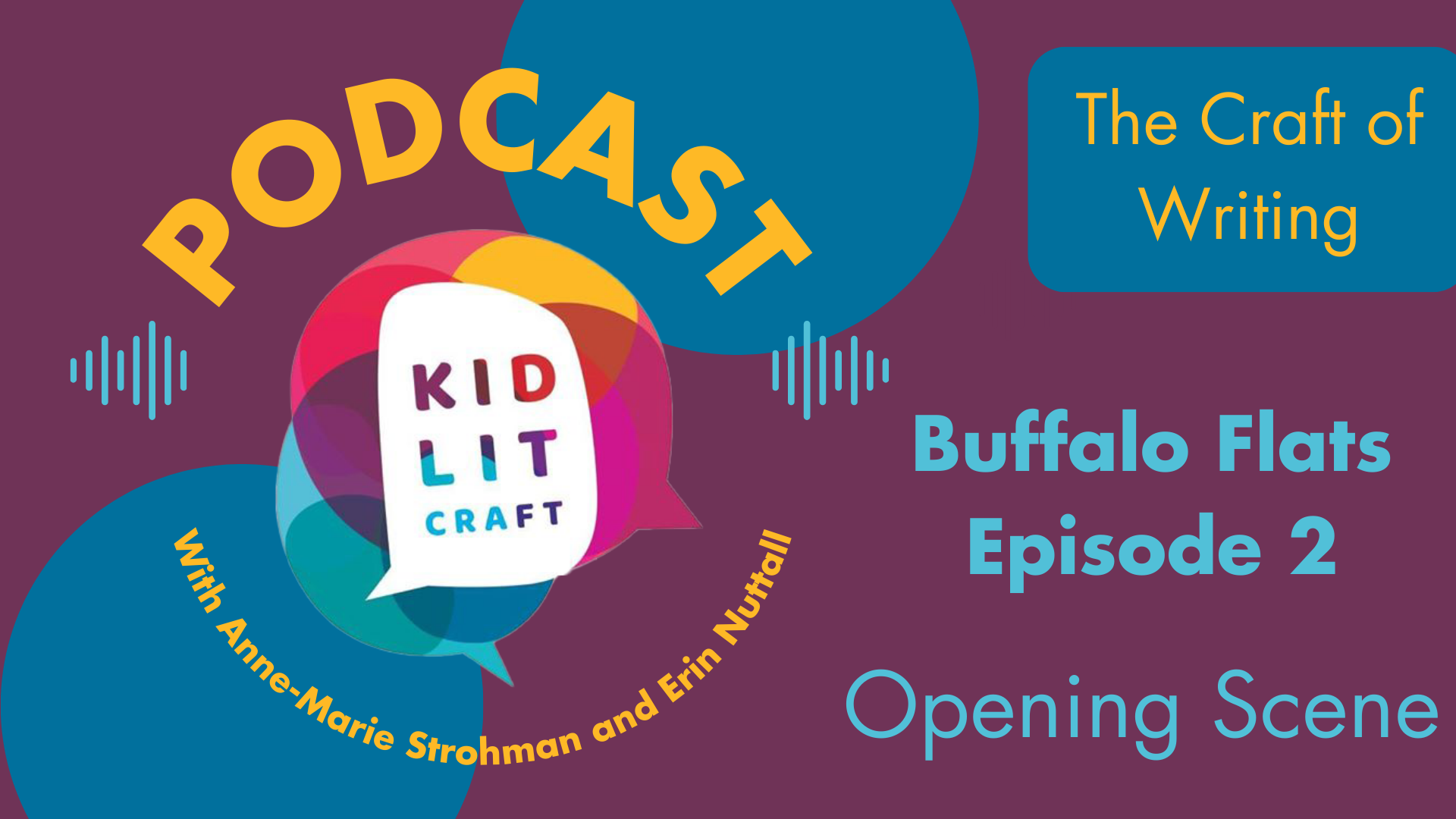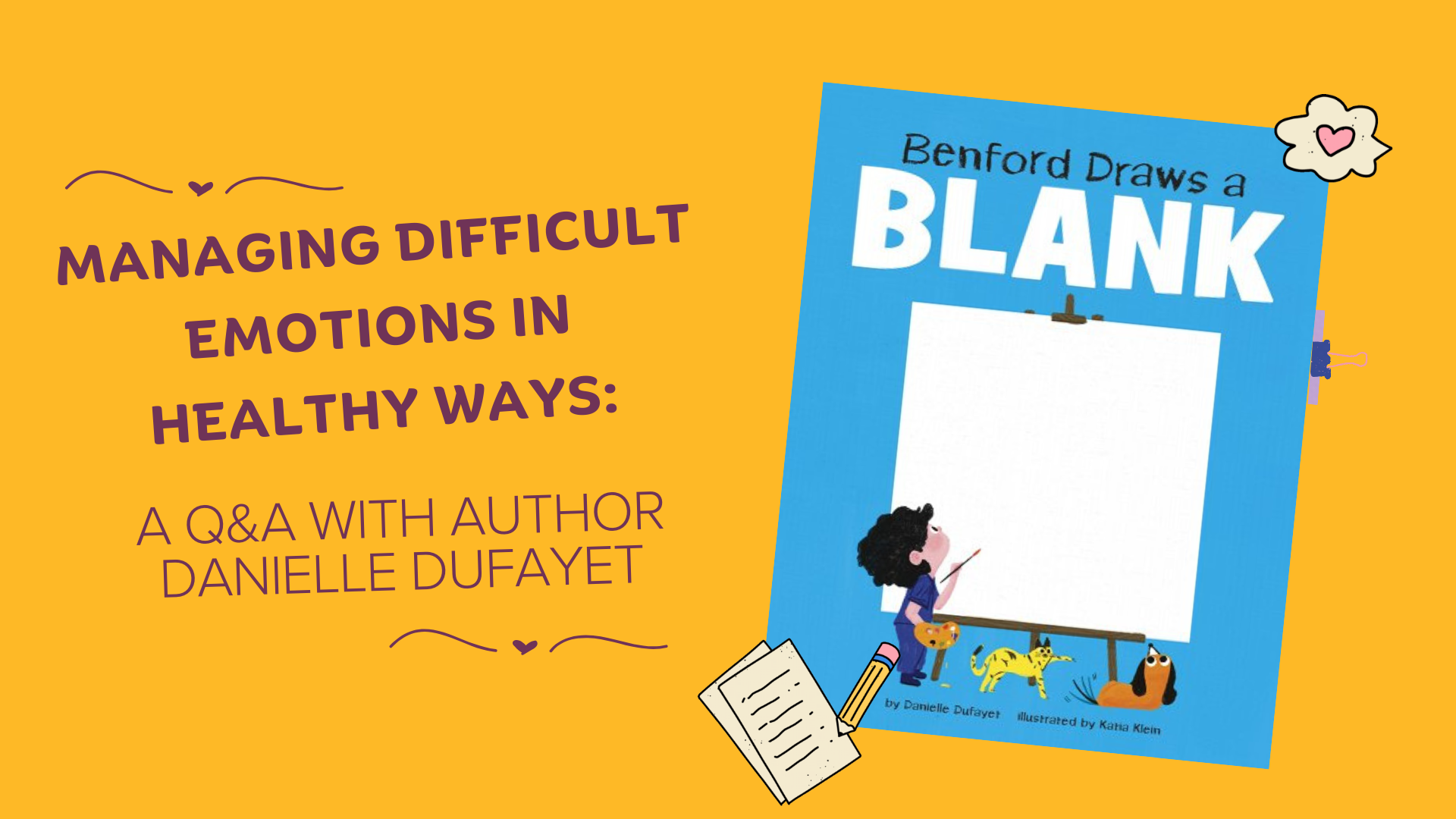hello!
JOIN US IN EXPLORING OTHERS' CRAFT AND BUILDING OUR OWN
In this episode, we’re talking ROMANCE! We look at how Martine Leavitt sets up the balance between physical intimacy and emotional intimacy, uses contrast in secondary romances, and manages a perfectly balanced love triangle for the main character, Rebecca, in her YA novel Buffalo Flats. We also talk about how to write a perfect romantic […]
In Benford Draws a BLANK, author Danielle Dufayet and illustrator Katia Klein tackle the concept of being blocked as an artist. This may feel like a pretty advanced theme, more suited to adults than children. But there are very few topics that children can’t be trusted with, if handled the right way.
A novel requires more than just one main plot. In this episode, we look at three major subplots in Buffalo Flats by Martine Leavitt, one that involves Rebecca’s family, one that involves her local community, and one that involves the larger community. We look at how Martine weaves in these subplots and how she makes […]
In this mini-episode, we switch things up! Anne-Marie defines what a misbelief is, how it connects your character’s internal and external journey, and we see the concepts in action in Martine Leavitt’s YA novel, Buffalo Flats. Links: KidLit Craft website Martine Leavitt’s Buffalo Flats Writing exercises to explore a character’s misbelief Misbelief in Paul Acampora’s […]
Martine Leavitt’s YA novel Buffalo Flats is full of desire. In addition to wanting to own a piece of land, the main character, Rebecca, also wants to become the person God wants her to be, and that means loving other people, most of whom she finds annoying or unlovable. Erin walks through how the desire […]
We’re here today to tell you that we are going to be taking a little break over the holidays and partly that’s because there are holidays, and partly it’s to give you a chance to read Buffalo Flats if you want to, before we get to the episodes where there are spoilers.
First chapters have a really tricky job. They introduce readers to a character in their world, they set up what’s going to come after that, and the best ones have forward movement in them. It’s not just a plain description telling you the state of the world. Something’s actually happening in the first chapter. And I would put the first chapter of Buffalo Flats in this best ones category.
Beginnings are so important and they set us up for what’s to come. Even the first sentence creates expectations in a reader for what kind of world they’re entering, who this character is that they’ll be spending time with, and even what themes are gonna be coming up in the story; all in one sentence. And Martine’s opening to Buffalo Flats is masterful.
Danielle Dufayet’s picture books plant seeds in children’s minds and hearts about important topics like self-love, inner strength, patience, and letting go of perfectionism when creating art.
Martine Leavitt’s YA novel Buffalo Flats is full of desire. The main character, Rebecca Leavitt, wants more than anything to own a piece of land near where her family is homesteading in the Northwest Territories of Canada. Erin traces how Martine introduces the external desire right from the start, where Rebecca runs into obstacles, and […]
